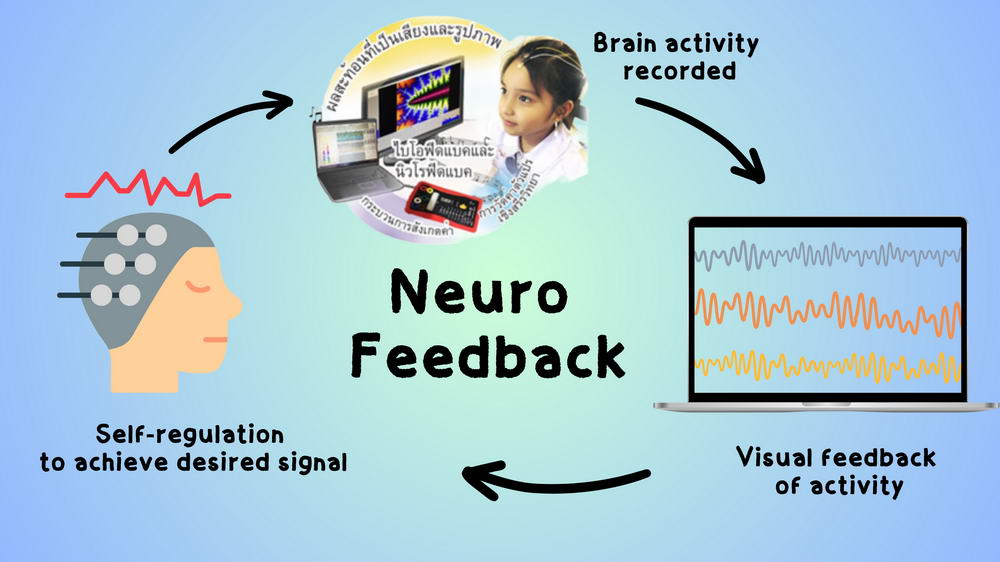
Neurofeedback, also known as EEG (electroencephalogram) biofeedback, is a therapeutic intervention that provides immediate feedback from a computer-based program. This program assesses a client’s brainwave activity and uses auditory or visual signals to help patients recognize their thought patterns and try to modify them. In simple terms, neurofeedback is positive reinforcement for the brain. It teaches the brain how to be better balanced by providing feedback through tiny sensors temporarily attached to the scalp or and EEG cap with a small amount of paste or gels.
During a neurofeedback session, clients are seated, and electrodes are attached to their scalp.
These electrodes transmit brain activity to a computer program. Clients may watch graphics on
a computer screen or listen to music while the provider monitors their brainwaves. The computer
program then directs the client’s brainwave activity toward more desirable and controlled
patterns through visual and auditory cues. Immediate feedback reinforces positive changes
in brainwave patterns. Between sessions, clients may notice changes in mood, stress, sleep
patterns, or mental clarity
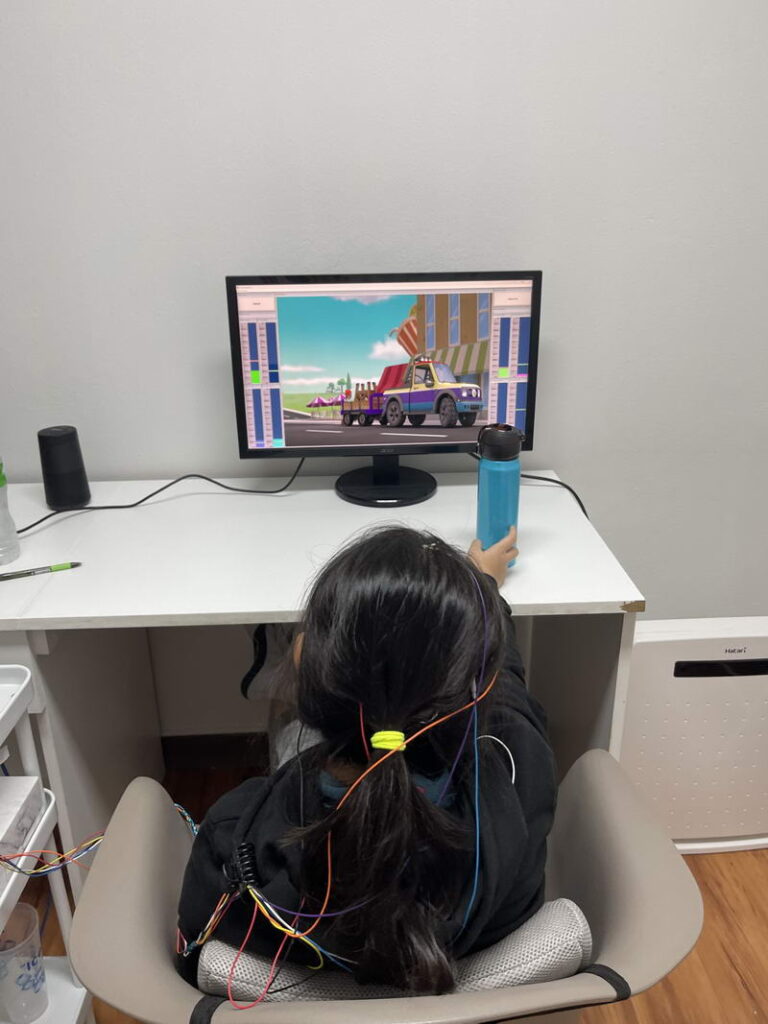

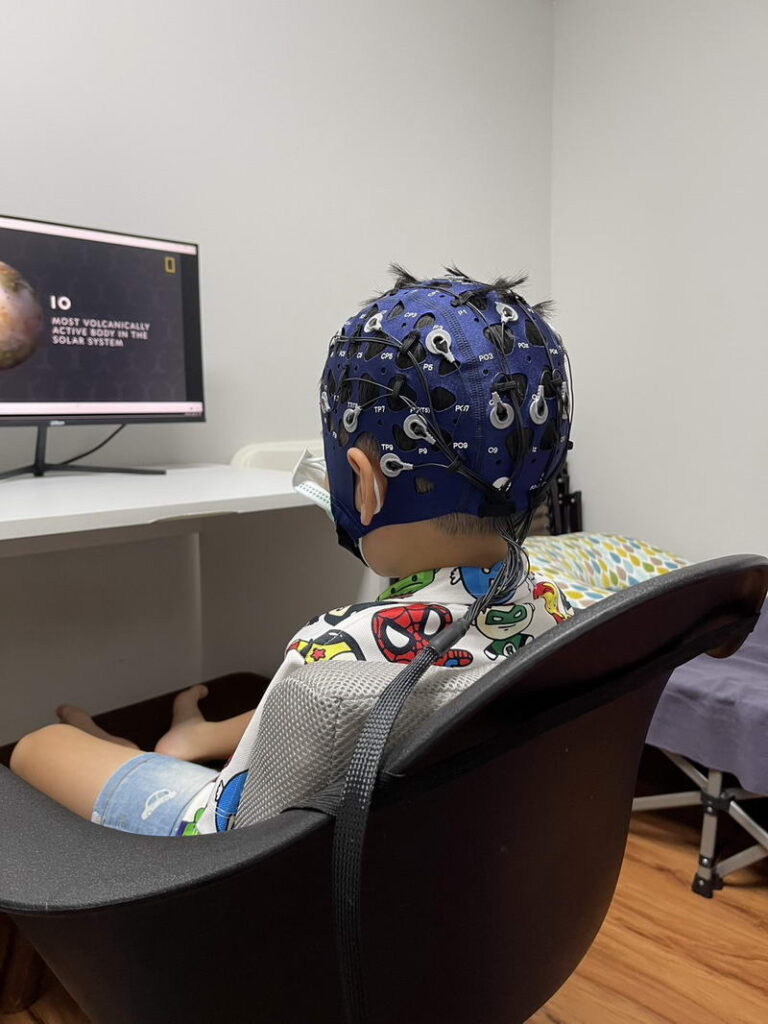
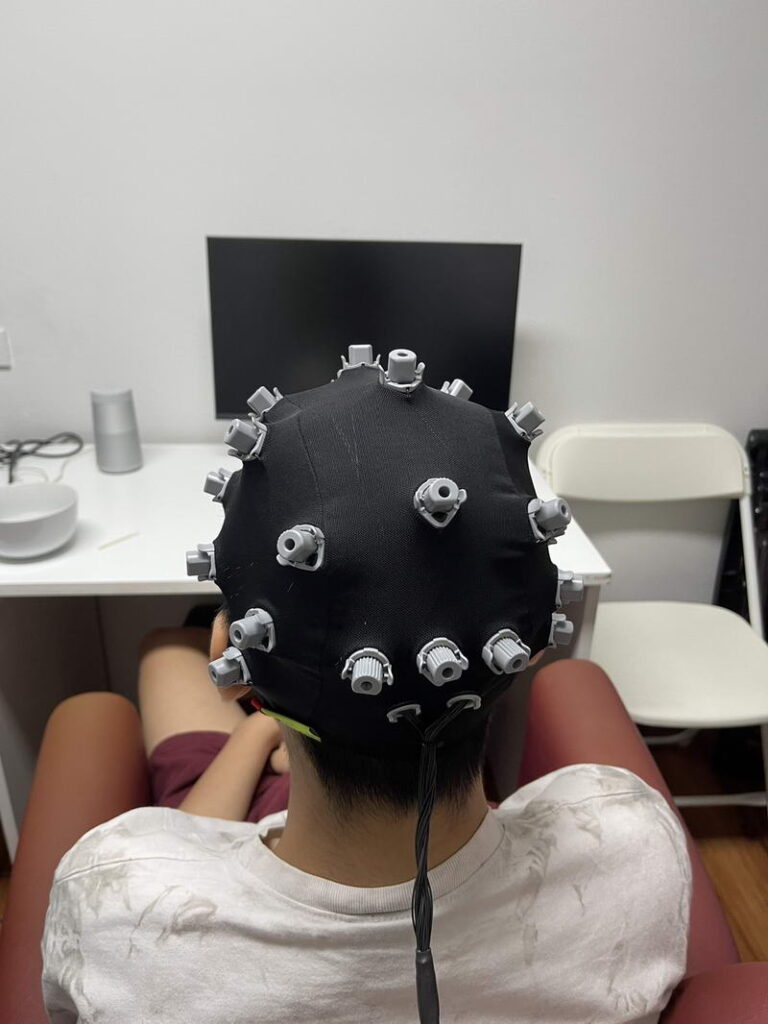
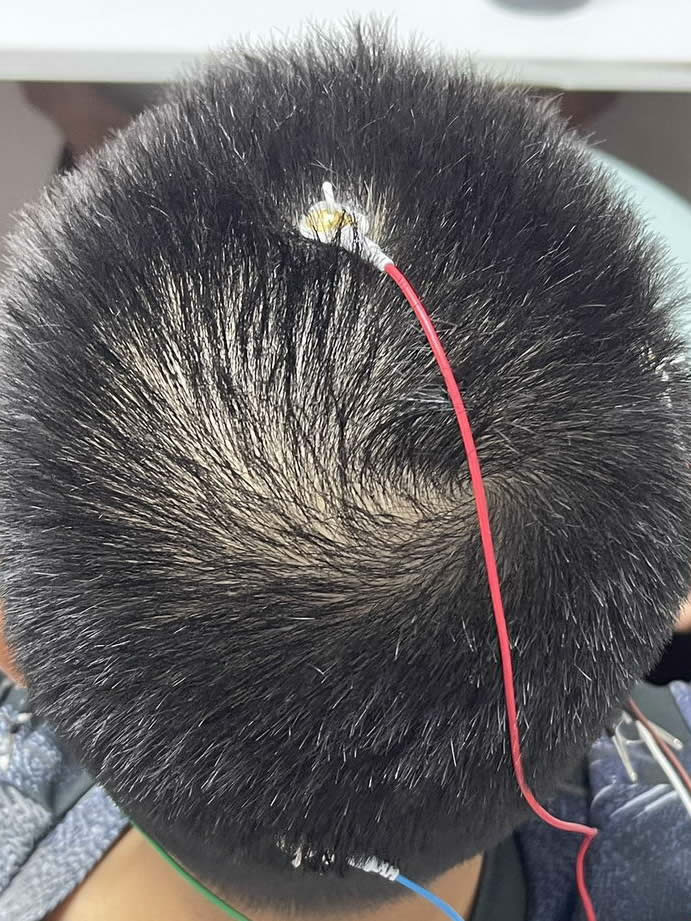
According to the success rate commonly quoted by clinicians and in published scientific research
for neurofeedback for certain conditions,the success rate of neurofeedback is 75%-80%.
According to the success rate from our experience and other government special needs educational centers in Thailand,
the success rate is also the same.